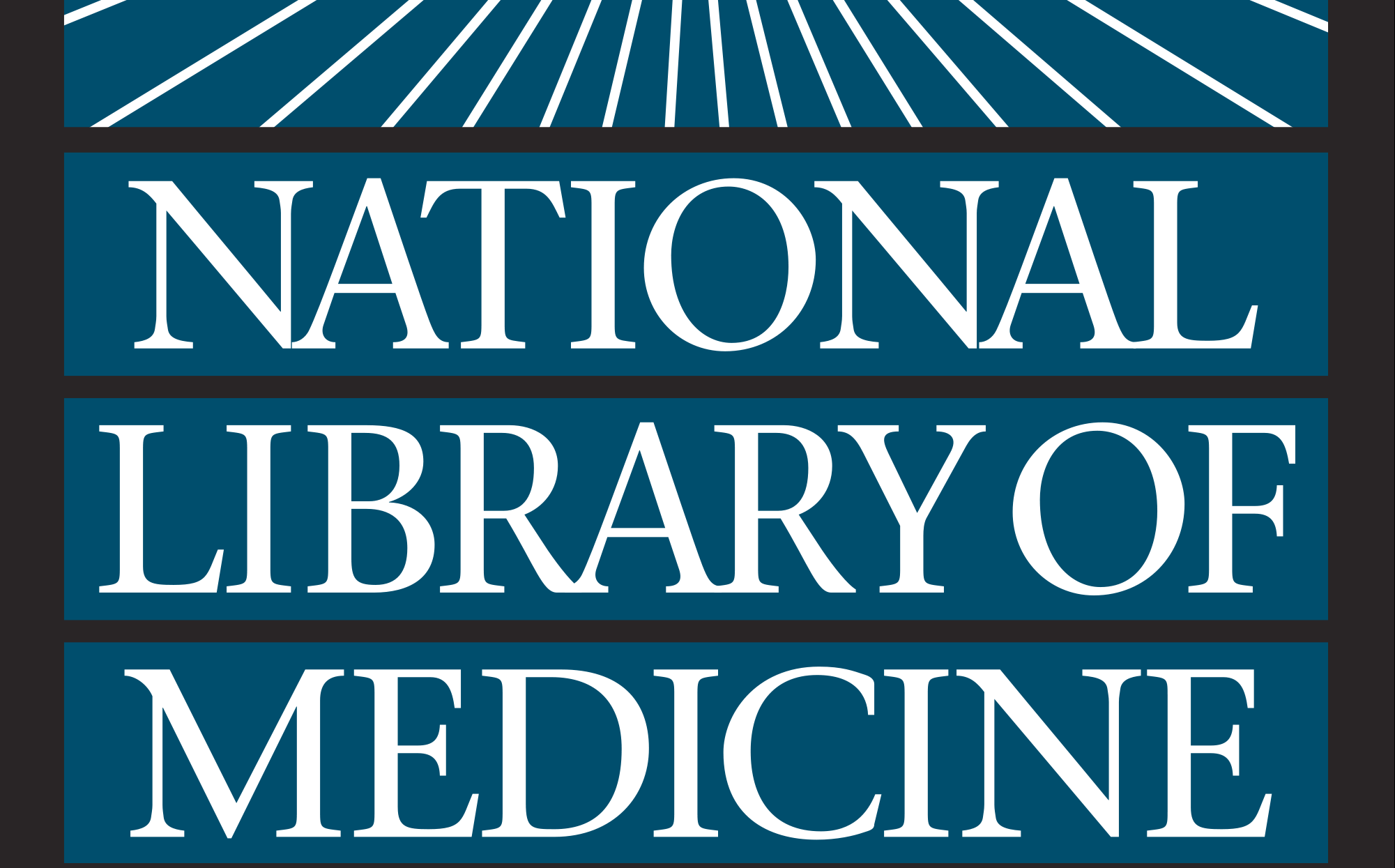Background
The financial protection against catastrophic and impoverishing health expenditures is one of the main aspects of the universal health coverage. This study aimed to present a clear picture of the financial protection situation in Iran from 2003-2014.
Study design
This is an analytical study on secondary data of Statistical Center of Iran (SCI). The study has some policy implications for policy makers; therefore, it is an applied one.
Methods
Data related to the Iranian rural and urban household payments on health expenditures was obtained from annual surveys of the SCI. WHO researchers’ approach was used to calculate the Fairness of Financial Contribution Indicator (FFCI), the headcount and overshoot ratios of catastrophic and impoverishing health expenditures. A logistic regression was conducted to identify the determinants of probability of occurrence of catastrophic health expenditure among Iranian households in 2014.
Results
The mean of FFCI for rural and urban households was 0.854 (0.41) and 0.867 (0.32), respectively. The average headcount ratios of catastrophic and impoverishing health expenditures were 1.32% (0.24) and 0.33% for rural households and 1.4% (0.6) and 0.28% for urban households. Concerning rural households, the overshoot of catastrophic and impoverishing health expenditures was 14.94% and 7.22% (0.53); it was 15.59% (1.54) and 7.76% (0.52) for urban households.
Conclusions
No significant and considerable change was found in the headcount ratios of catastrophic and impoverishing health expenditure and in their overshoot or gap amounts. This suggested a lack of well-designed and effective schemes for materializing the financial protection in Iran.



No responses yet